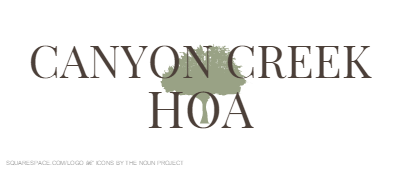As the new treasurer on the board, I have been looking at the 2015 and 2016 budgets in order to come up to speed on the HOA financials. As part of my learning process, I thought it might be instructive to see how our annual dues are distributed across the various budget line items and how much is allocated to reserves each year. The chart below shows approximately how each household's $400 annual dues are spent. (For reference, there are 1,293 dues paying households in the Association.) Expenses classified as one-time, non-recurring are excluded from this analysis. I'll discuss this in more detail below.
Source: 2015 budget
As you can see, nearly one-quarter of our annual budget, $95.44 per household, over $127,000 in total, is allocated to landscaping services. This includes lawn cutting, plantings, tree trimming and irrigation services. (Irrigation services includes among other things, monitoring the system schedule, adjusting for rain, making repairs and unscheduled responses to calls about sprinkler issues.)
Water is our next biggest expense at over 17% of our annual income, almost $92,000 in total. In a future article, I'll discuss a water usage analysis that I've done and talk about some things we're looking at to lower that expense.
Pool operating costs comprise another $47.22 per household. In 2015, this amount was just over $63,000 in total and did not include any one-time expenses for various improvements and repairs such as the pool resurfacing that was done.
Our next biggest budget item is management fees paid to Goodwin at $37.83 per household, a little over $50,000 in total. This works out to about $3/house/month. In return, Goodwin collects assessments, pays the bills, updates our budget and income statements, issues pool keys, handles resale certificates, sends and tracks notices about deed restriction violations, etc.
The remaining expense items are things like general repairs and maintenance, insurance, administrative expenses of various types and so on. If you have questions about what's included in some of these roll-ups, post them in the comments section below and I'll do my best to answer them.
Excluding all non-recurring expenses, $55.75 per household is leftover and available for deposit to our reserve funds. In 2015 however, non-recurring expenses totaling over $111,000 resulted in a drawdown of nearly $37,000 from our reserves. By itself, this isn't an alarming number. Depending on the nature of the non-recurring expenses, this can be an acceptable use of reserve funds as they are expected to be used for non-recurring capital improvements or repairs. It's important however that we have a structured plan in place for the replenishment of these funds. This is where the reserve study comes into focus.
Earlier this year, the Association commissioned a reserve study where engineers come out to talk with us and look at our infrastructure and amenities. Based on this knowledge and the age and condition of our infrastructure, they make predictions about various maintenance and repair expenses we are likely to incur in the upcoming years and recommend the amount of reserve funds we should have available. These studies are normally done about every three to four years and sometimes result in the need for a special assessment in order to top up the fund or for an increase in dues. The board has recently received the results of the study and will be reviewing and discussing it in the near future. I will talk about the findings in a future article.
